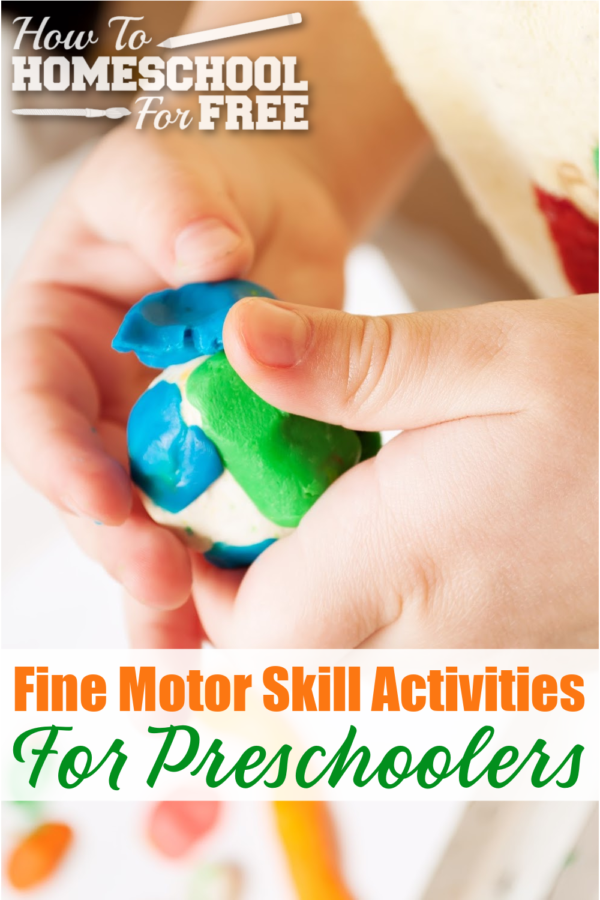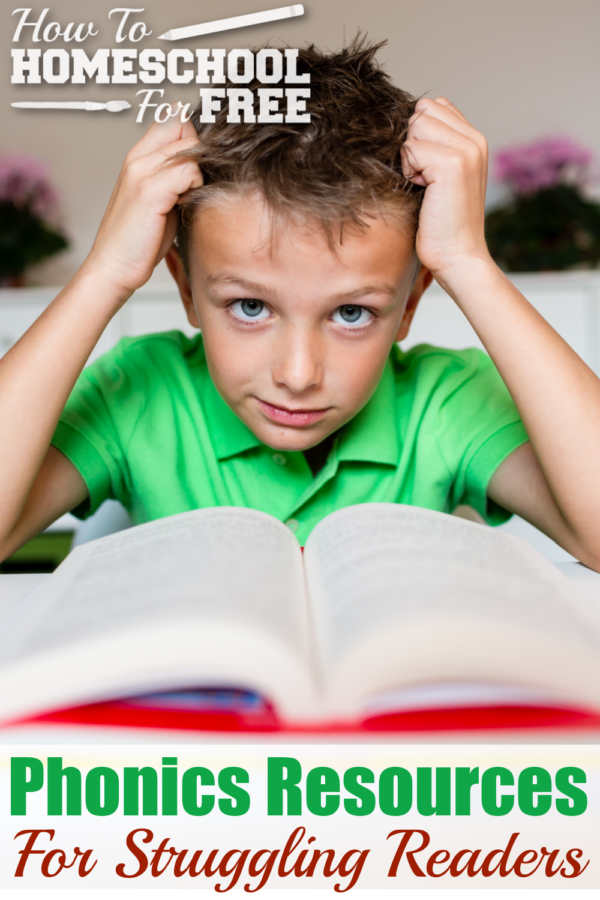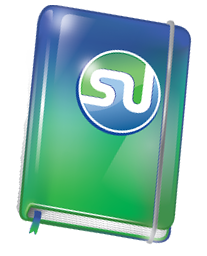
Need another fun summer activity for the kids? This summer, your kids can bowl for free every day at AMF Bowling Centers! Each child 15 and under can get 2 free games of bowling per day throughout the entire summer. Shoe rentals are not included.
Just head over here to register your kids: AMF Bowling FREE Summer Bowling for Kids














